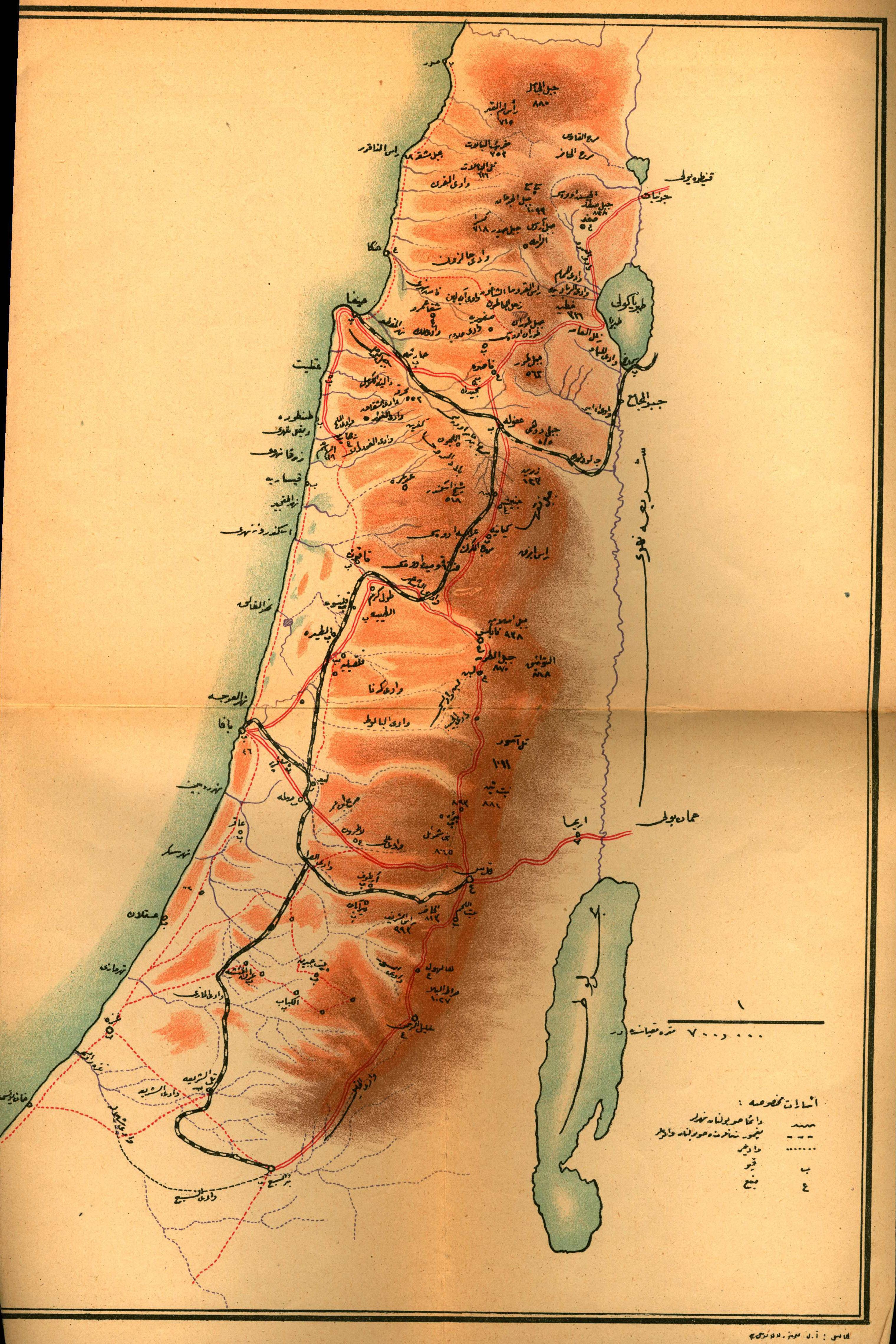P F Tinmore, et al,
Oh no, I don't think it is confusing at all.
When you say: "You know that the Mandate was merely a temporarily appointed administration. It had no territory or borders." you are implying that there were no specific territorial limits associated with the
League of Nations Mandate created after the
First World War when the
Ottoman Empire was apportioned by the
Treaty of Sèvres. In Article 25 of the Mandate, the
Emirate of Transjordan (1921-1946), was British-controlled territory, under the Mandate.
Specific to our discussion, the Mandate of
Palestine comprised territory that now consists of modern-day
Jordan ,
Israel, the
West Bank and the
Gaza Strip.
The Paulet-Newcombe Agreement said:
Paulet-Newcombe Line, also known as the Franco-British Boundary Agreements, were a sequence of agreements signed between 1920-23 between the British and French governments regarding the position and nature of the boundary between the Mandates of Palestine and Mesopotamia, attributed to Great Britain, and the Mandate of Syria and the Lebanon, attributed to France. The agreements fixed the line of the Syrian-Palestinian border (now the Syrian-Israeli border) between the Mediterranean Sea and the town of Al-Hamma.[1]The agreement takes its name from French Lieutenant Colonel N. Paulet and British Lieutenant Colonel S. F. Newcombe, who were appointed to lead the Boundary Commission.
The boundary between the forthcoming British and French mandates was defined in broad terms in the 1920 "Franco-British Convention on Certain Points Connected with the Mandates for Syria and the Lebanon, Palestine and Mesopotamia", signed in Paris, on 23 December 1920. That agreement placed the bulk of the Golan Heights in the French sphere. The treaty also established a joint commission to settle the precise details of the border and mark it on the ground.[3]
The commission submitted its final report on 3 February 1922, which included a number of amendments. It was approved with some caveats by the French and British governments on 7 March 1923, several months before Britain and France assumed their Mandatory responsibilities on 29 September 1923.
SOURCE:
Wiki Paulet–Newcombe_Agreement
Approximately (≈) 76%-77% of the Mandate (for protectorate reasons) called
Transjordan --- was given to the Emir Abdullah by the British [territory East of the Jordan River and extending to Mesopotamia (present day Iraq)]. At the time the first Palestine Order in Council was published, the definition was:
The phrase, "the territories to which the Mandate applies" (or variations thereof) flow directly from the definition published in the Palestine Order in Council.
Again, this is that territory formerly under the Mandate for Palestine.
You keep using this term to confuse people. You know that the Mandate was merely a temporarily appointed administration. It had no territory or borders.
(COMMENT)
Yes it is true that a Mandate (itself) is an order from authority
(legal commission for the administration), or a politically recognized commission; however, every order, mandate, or commission has its limitations -- with the question of: to what does it apply? The limit of the Mandate for Palestine was a territorial boundary --- in 1922 (when the Palestine Order in Council was written), the nomenclature for the territory was derivative from the
Treaty of Sevres:
SECTION VII --- SYRIA, MESOPOTAMIA, PALESTINE.
ARTICLE 95.
The High Contracting Parties agree to entrust, by application of the provisions of Article 22, the administration of Palestine, within such boundaries as may be determined by the Principal Allied Powers, to a Mandatory to be selected by the said Powers.
(CENTRAL POINT)
There is an argument to be made that the San Remo Peace Conference
(and the adoption of the Balfour Declaration) was the pivotal point in the creation of an associated territory --- and an Administration for that territory. Although the Supreme Council did not have a clear set of boundaries established yet, they were confident that they could work with an approximation until a Joint Boundary Survey could hammer-out the lines. Hence, the phrase,
"the territory of Palestine, which formerly belonged to the Turkish Empire, within such boundaries as may be fixed by them" was put into use. Of course --- this was later established by Colonels Paulette and Newman. And it was at that point the, the adoption of the 1923 Paulette-Newman Agreement that the first real steps towards the establishment of the Jewish National Home was begun.
A theme to this central point is the idea that in they would erect a right for the Jewish People (worldwide) to gain refuge in their homeland; a place that they could control and protect against the excesses of the so many that used the color of law to exploit the Jewish People. While today much of the original intent to protect and preserve the Jewish People and their culture has faded and ceased to exist; all the rights of the Jewish People that were derived from the linage of the Balfour Declaration and onward remained in full force. And this included what was to become known as the "right of self-determination."
Just as, at the time the Mandates were created, the applicable phrase was "former territories of the Ottoman Empire," so it became after the termination of the British Mandate, "former territories to which the Mandate Applied." And this phrase became popular by the post-1948 War Arabs of Palestine
(within such boundaries as may be determined by the Principal Allied Powers) to which they lay claim.
"The Arabs of Palestine consider that any attempt by the Jews or any power group of powers to establish a Jewish state in Arab territory is an act of aggression which will be resisted in self-defense." (The Arab League -- Arab Higher Committee) Powerful Arab interests, both inside and outside Palestine, are defying the resolution of the General Assembly and are engaged in a deliberate effort to alter by force the settlement envisaged therein.
Most Respectfully,
R

